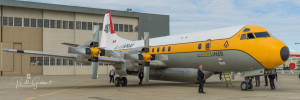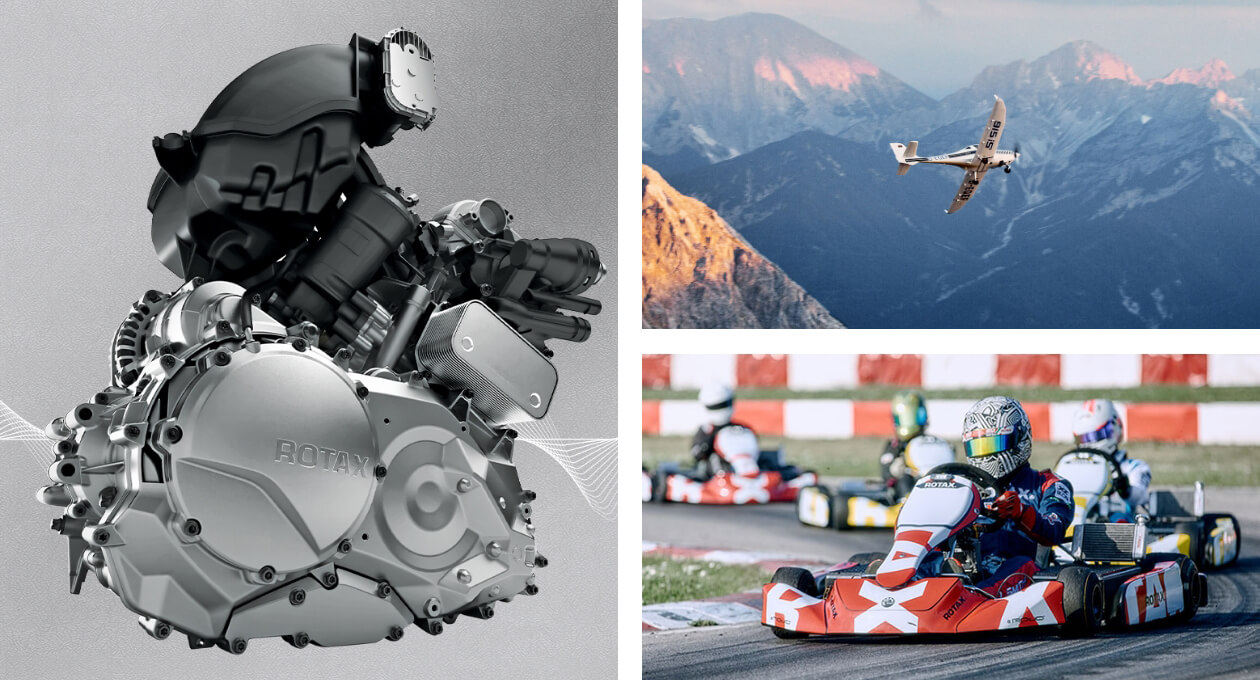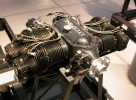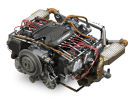Yes...im sure theres a big difference due to the cylinder size vs total displacement. A 360" 4 cylinder will be very different from a 360" V-8. I should build a test stand to try my ideas before I take to the air.
You don't have to. The engineers at Lycoming and Continental have done this stuff, blown up their engines, and come up with safe operating parameters that are published in POHs. Doing it yourself is reinventing the wheel. You're welcome to do it, but don't expect different results. Just expect expensive noises.
There are other factors. Octane level is one, and octane level indicates a resistance to detonation. When I learned to fly, we had 80 and 100. They were known then as 80/87 and 100/130. The higher number was at a rich mixture setting, the lower at a lean mixture. Rich mixtures run cooler. Lean mixtures burn more slowly and give more time for those molecules to break down and explode all at once.
Intake temperatures raise the likelihood of detonation. Carb heat at full power is therefore not that smart. A turboed engine, without an intercooler, will detonate more easily. Compressing the air heats it.
Air cooled engines are more prone to it. Their heads run a lot hotter, which heats the mixture and brings it closer
to molecular breakdown.
Fixed ignition timing, as found on aircraft engines, can lead to detonation. In modern cars, there are sensors for induction and engine temperatures, manifold pressure sensors, exhaust gas oxygen sensors, and knock sensors. The ECU takes all this stuff and figures out where the most economical and safe timing and air/fuel mixture should be, and does that. The knock sensors pick up the beginnings of detonation, and will retard the timing or enrich the mixture, or both, to stop it. Your Lycocont has none of that fancy stuff, and a large part of pilot training is to teach you how to safely operate that old engine. Some new students pilots resent having to learn that stuff, but that's too bad. If you don't learn it, you will not fly safely, and sooner or later it will cost you.
Lycoming has their "new" (what? 15 years old already, maybe?) iE2 engine that has electronic ignition and fuel injection, like your car, but it isn't cheap and so it isn't selling well. All that computer stuff has to have failsafe redundancies to keep it running if the electricity supply fails or if part of the computer gives up. It costs money to do that, and much more money to get it certified. They're not going to sell it at a loss.
In an airplane, you can't hear detonation, or "pinging." There is too much engine and propeller noise. By the time you realize something is wrong, it's too late.




